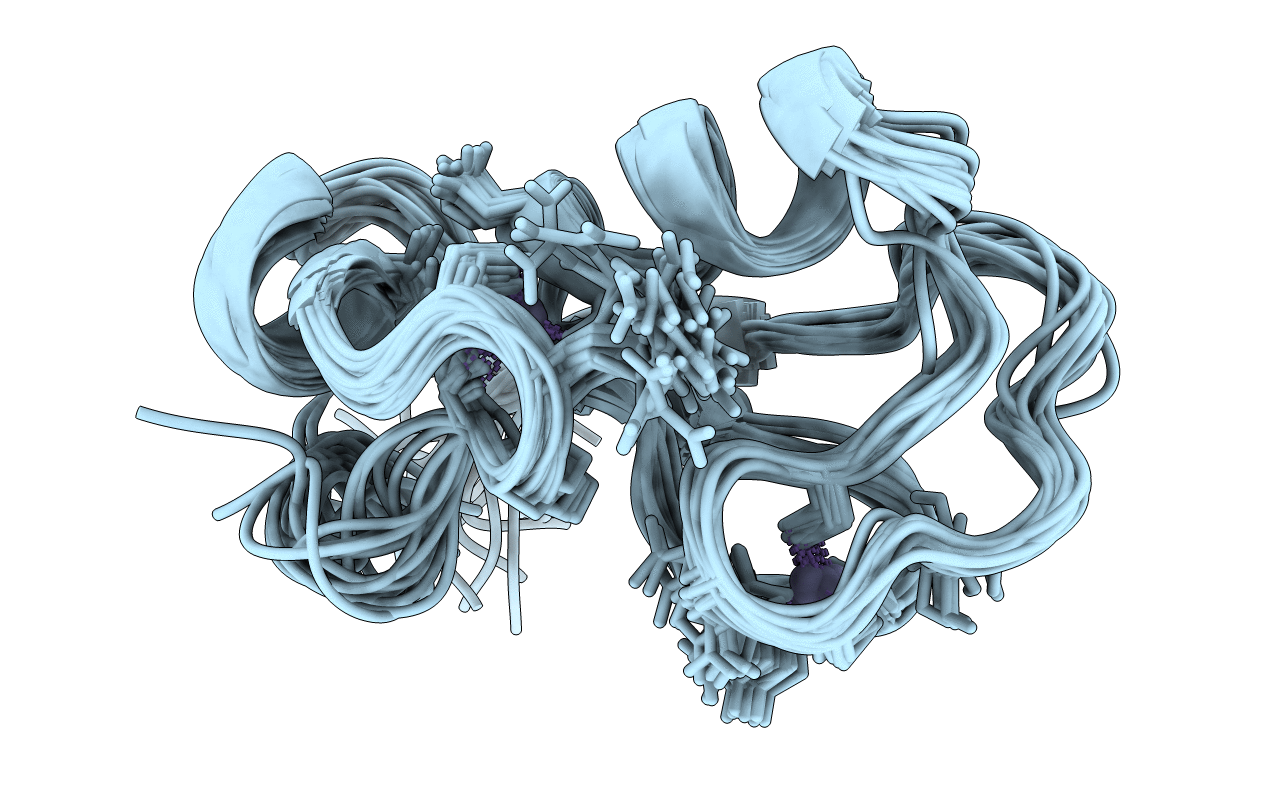
Deposition Date
2000-10-17
Release Date
2000-11-01
Last Version Date
2024-05-22
Entry Detail
PDB ID:
1G25
Keywords:
Title:
SOLUTION STRUCTURE OF THE N-TERMINAL DOMAIN OF THE HUMAN TFIIH MAT1 SUBUNIT
Biological Source:
Source Organism:
Homo sapiens (Taxon ID: 9606)
Host Organism:
Method Details:
Experimental Method:
Conformers Calculated:
57
Conformers Submitted:
20
Selection Criteria:
structures with the least restraint violations,structures with the lowest energy


